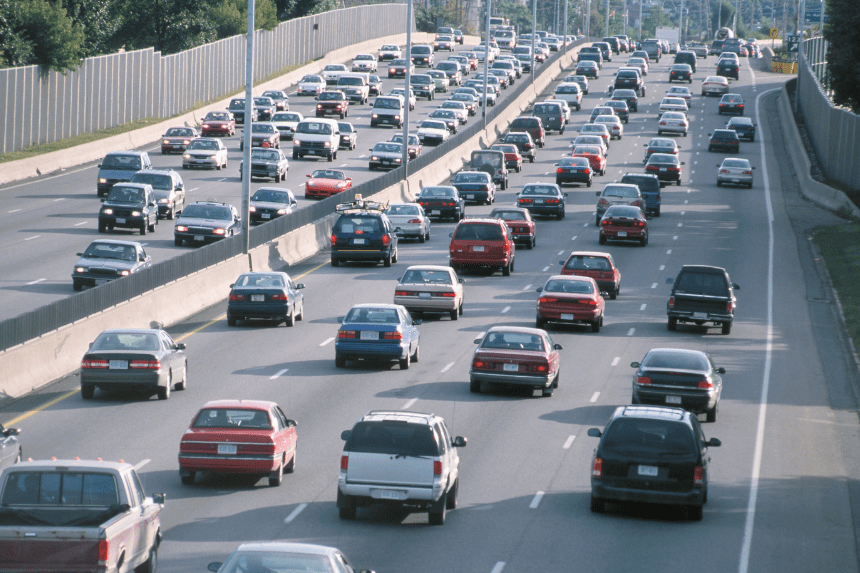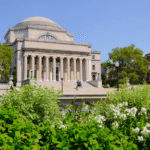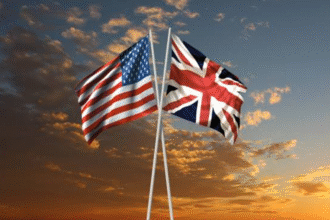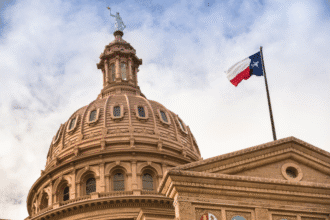According to recent national rankings, Los Angeles is no longer the city with the worst traffic in the United States. In terms of congestion, Washington, D.C., has surpassed Los Angeles to become the leader. The change reflects post-pandemic job trends, economic activity, and commuting patterns. Drivers in D.C. currently endure the longest average commute times, according to data from major metropolitan areas, underscoring a growing urban problem.
Why Is Congestion Increasing in Washington, D.C.?
Washington, D.C., has risen to the top of the worst traffic rankings for a number of reasons. The change in federal labor regulations, which mandate that more workers return to their workplaces, is a major contributing factor. The infrastructure is overloaded due to the rise in weekday commuters.
The use of public transit is also still lower than it was before the outbreak. The numbers are far from those from 2019, even if more passengers are returning to buses and trains than during lockdowns. As a result of this change, more people are depending on their cars, which has made traffic worse. Here is the link to our article on Los Angeles Deportation Chaos.
What Are the Most Congested Cities?
Los Angeles, Miami, San Francisco, Atlanta, and Washington, D.C., are the five American cities with the worst traffic. In addition to being significant economic hubs, these cities attract sizable populations because of their robust job and business marketplaces. The number of daily commuters has sharply increased as a result of their rapid growth and urban sprawl. Roads become extremely clogged as more individuals decide to drive during peak hours. The traffic load is further increased by the low use of public transportation. Traffic management continues to be a rising concern for local authorities as these cities continue to grow.
Are There Cities Where Traffic Moves Smoothly?
Indeed. Currently, the cities with the least amount of traffic congestion are Cleveland, Ohio; Salt Lake City, Utah; and Rochester, New York. These regions, which were formerly important industrial centers, now have more open roads and less traffic.
Smaller populations and better infrastructure-to-driver ratios contribute to their less congested roads. They are therefore desirable choices for anyone looking for a less stressful daily commute or remote professionals. Here is the link to our article on Vulkan Sustainable Travel.
What Does Traffic Indicate About the State of the Economy?
Even though it can be annoying, traffic congestion can also be a sign of a strong economy. Vehicle usage frequently rises in areas with robust job markets and expanding populations. However, these financial advantages may result in worsening travel conditions if proper transportation planning is not done.
According to experts, the worst traffic frequently occurs after economic expansion. However, in the absence of sustainable infrastructure, the drawbacks—such as wasted time and higher emissions—may exceed the benefits.
Final Thoughts
The most recent change in rankings demonstrates that the worst traffic is not just a result of gridlock but also reflects how cities handle infrastructure, public policy, and growth. Urban planners around the country are being pushed to reconsider how Americans commute in the wake of the pandemic, as Washington, D.C., takes the top rank. In order to reduce traffic and boost economic growth, better solutions will be required.








